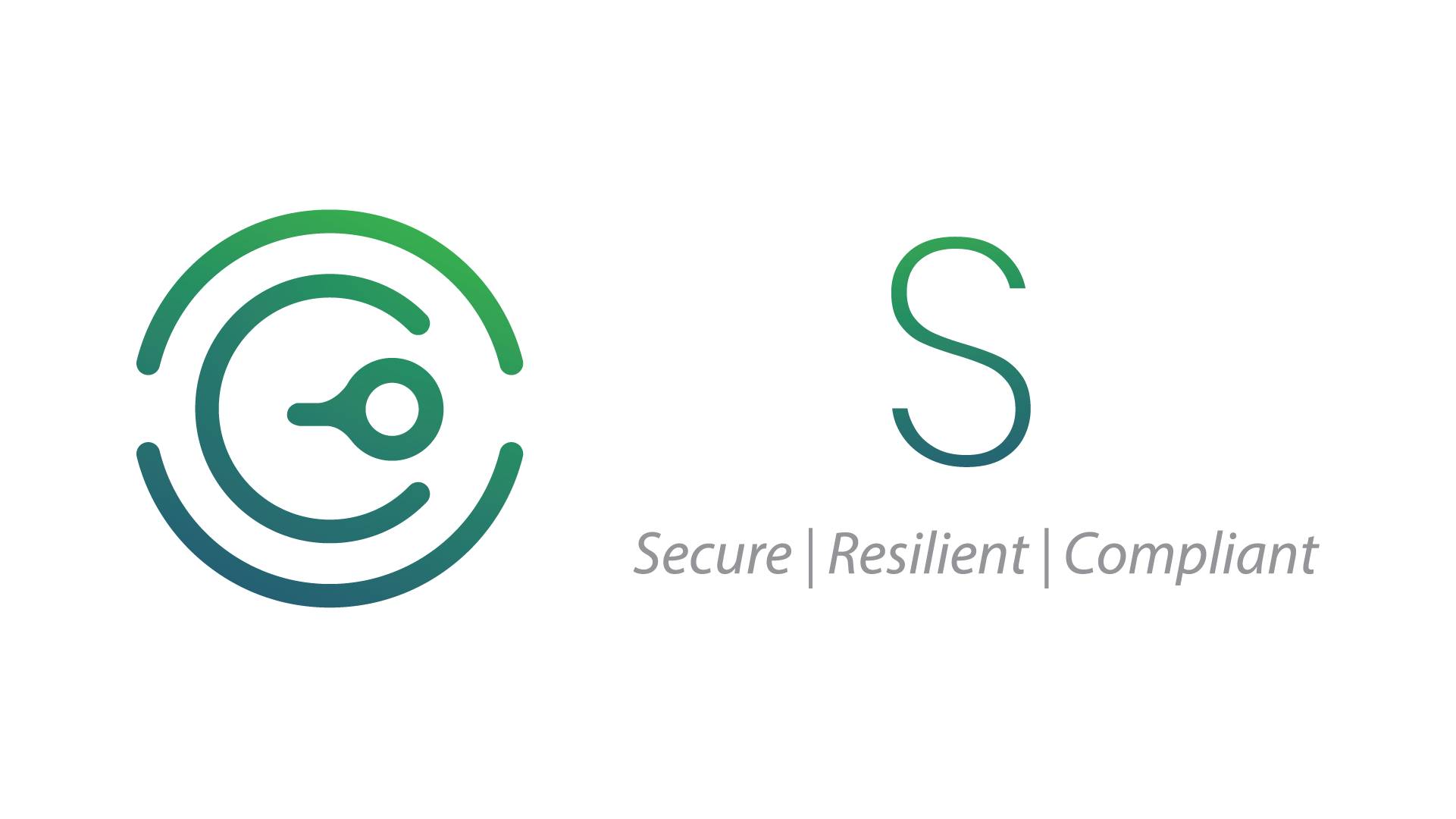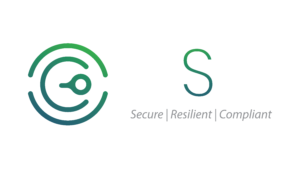
Cloud Security Best Practices for UAE Enterprises
Cloud adoption in the UAE is accelerating at a record pace. From startups using SaaS tools to government entities migrating to hybrid clouds — the shift is inevitable. But while the cloud unlocks scalability and cost-efficiency, it also introduces serious cybersecurity risks if not managed properly.
As cyber threats evolve and regulations like the UAE Personal Data Protection Law (PDPL) tighten, enterprises must adopt robust cloud security practices. This guide outlines actionable best practices tailored to UAE businesses for 2025 and beyond.
2. Why Cloud Security Matters in the UAE Context
The UAE’s Vision 2031 encourages digital transformation across every sector — healthcare, finance, logistics, and beyond. However, as enterprises move workloads to platforms like AWS, Azure, and Google Cloud, misconfigurations, access control issues, and compliance gaps have become common breach causes.
Stats to Know:
- 70% of data breaches in the GCC in 2023 involved cloud misconfigurations.
- 1 in 3 UAE enterprises lacks defined cloud governance policies.
- Regulators now expect businesses to ensure cloud partners meet local compliance.
3. Top Cloud Security Threats UAE Businesses Face
Before diving into best practices, it’s critical to recognize the primary risks:
- Misconfigured storage buckets
- Over-permissive user roles
- Unencrypted data at rest or in transit
- Lack of monitoring for unauthorized access
- Shadow IT – unsanctioned apps and services
- Non-compliant cross-border data transfers
4. Cloud Security Best Practices for UAE Enterprises
✅ 1. Start with a Shared Responsibility Model
Understand that cloud providers (like AWS or Microsoft Azure) are not responsible for your data security. You are. While they secure the infrastructure, you must protect your own applications, user access, and data.
Action Point:
Develop a cloud security policy that outlines the division of responsibilities between provider and business.
✅ 2. Use Identity & Access Management (IAM)
IAM is your first defense against unauthorized access. Avoid default or overly broad permissions.
Best Practices:
- Enforce multi-factor authentication (MFA) for all cloud users
- Apply least privilege principles — only grant access needed for a role
- Regularly review and revoke unused access keys or accounts
✅ 3. Encrypt Data at All Times
Protect data at rest, in transit, and in use.
Tips:
- Use native encryption services provided by cloud vendors
- Enable SSL/TLS for data in motion
- Use customer-managed encryption keys (CMEK) for added control
✅ 4. Monitor and Audit Cloud Activity
Deploy monitoring and logging tools to detect unusual behavior early.
Recommended Tools:
- AWS CloudTrail, Azure Monitor
- SIEM systems that integrate with cloud logs
- Anomaly detection for unusual login times, IPs, or traffic
✅ 5. Perform Regular Cloud Security Assessments
Just like traditional IT audits, cloud environments require continuous review.
Include:
- Vulnerability scans
- Penetration testing of your cloud stack
- Compliance audits against standards (ISO 27017, UAE PDPL, NESA)
✅ 6. Secure Cloud Applications
If you’re hosting web apps or APIs in the cloud:
- Deploy Web Application Firewalls (WAFs)
- Regularly patch application code and dependencies
- Protect APIs using rate limiting, authentication, and schema validation
✅ 7. Adopt Cloud Security Posture Management (CSPM)
CSPM tools automate the detection of misconfigurations, insecure defaults, and policy violations across multi-cloud environments.
Popular Tools:
- Prisma Cloud
- Wiz
- Microsoft Defender for Cloud
- Trend Micro Cloud One
✅ 8. Plan for Incident Response in the Cloud
Don’t wait until a breach happens.
Key Elements:
- Define roles and escalation paths for cloud-specific incidents
- Simulate cloud breach scenarios (e.g., exposed S3 bucket)
- Maintain contact information for cloud support escalation
✅ 9. Ensure Regulatory Compliance
With the PDPL in effect, UAE businesses must ensure cloud environments:
- Are hosted in compliant data zones (check for local hosting when needed)
- Support audit trails, consent management, and data subject rights
- Have clear breach notification procedures
✅ 10. Educate Your Teams
Many breaches result from human error.
Training Priorities:
- Identifying phishing attacks targeting cloud dashboards
- Proper file-sharing and encryption protocols
- Regular refreshers on company cloud usage policies
5. Sector Spotlight: Finance and Healthcare
If you operate in banking or healthcare, the stakes are even higher.
- Banks must comply with SAMA or CBUAE regulations, often requiring data to be stored within national borders.
- Healthcare providers handling patient records must adopt HIPAA-aligned controls and PDPL-specific mandates.
Always verify if your cloud setup is certified under standards like ISO 27017, ISO 27701, or SOC 2.
6. How Centre Systems Group Helps UAE Companies with Cloud Security
We work with enterprises across Dubai, Abu Dhabi, and Sharjah to:
✅ Assess cloud security posture
✅ Implement CSPM tools and IAM frameworks
✅ Prepare for PDPL and NESA audits
✅ Build multi-cloud governance models
✅ Train teams in cloud-native security
Our goal? Secure your cloud environment without slowing your digital growth.
Cloud technology is powering the next generation of innovation in the UAE — but only secure cloud environments can sustain this growth. From encryption to IAM and regulatory compliance, every UAE business must take ownership of its cloud security posture.
At Centre Systems Group, we help you get it right from day one.
📞 Book a free cloud risk consultation to assess your environment and avoid costly misconfigurations.
Frequently Asked Questions
Is cloud data considered less secure than on-premise?
Not necessarily — cloud can be more secure if configured properly.
Are UAE companies allowed to host data abroad?
Depends on the type of data and sector. Sensitive data may require local hosting or special controls.
How often should we audit our cloud setup?
At least quarterly or after major changes. Compliance-heavy sectors may need monthly reviews
Do cloud providers take care of compliance?
They provide tools and options, but you are responsible for using them correctly.



Leave a Reply